Starting Solids? How to Start & Safely Introduce Allergens for new parents
Introducing solids is a major milestone in your little one’s development. But figuring out how to start solids, ways to introduce allergens to child solids, and knowing the signs of food allergies in children starting solids can feel daunting. This guide will walk you through the essential steps to help you confidently support your child’s feeding journey.
Introducing Solids: When and How to Start
When you begin your child's solids introduction, keep in mind that these first foods should be a bonus, not a replacement, for breast milk. Your child’s main nutrition still comes from milk, while solids serve as a way to explore new flavours, textures, and skills.
Your child is ready for solids if they:
• Can sit upright without support
• Show interest in food
• Open their mouth when offered a spoon

How to Introduce Allergens When Starting Child Solids
Many parents wonder how to introduce allergens when starting solids. Research shows that early allergen introduction in children, especially for those with eczema or a family history of allergies, can reduce the risk of developing lifelong food sensitivities.
Here’s how you can feed your little ones early:
a) Introduce one new food at a time.
b) Try new foods at home during the day, when your child will be awake for at least two hours.
c) Wait 3–4 days before introducing another allergen.
d) Offer smooth-textured purees to reduce choking risks.
e) Feed your child directly instead of baby-led weaning in the early stages—this avoids confusion with skin irritation when their face gets messy.
Tip: Remember, the risk of a child having a severe reaction the first time they eat a food is extremely low. But monitoring is still essential.
Common allergenic foods include:
• Cow’s milk
• Eggs
• Peanuts
• Foods containing gluten (wheat, rye, and barley)
Most reactions are mild, but knowing what to do if your child has an allergic reaction to solid food will give you peace of mind.

Signs of Food Allergies when Starting Solids
If you’re unsure about the signs of food allergies in children starting solids, watch for:
• Hives (raised, itchy red bumps)
• Eczema flare-ups
• Swelling around lips, eyes, face, or tongue
• Itchiness in the mouth or throat
• Digestive issues like vomiting or diarrhea
• Breathing difficulties, such as wheezing or coughing
These signs may appear within minutes or hours. If your little one shows symptoms, stop feeding the food immediately and consult your healthcare provider. For serious symptoms (difficulty breathing, blue skin, or loss of consciousness), seek emergency care immediately.
Tips for a Smooth Feeding Journey
• Keep breast feeding as the main nutrition source
• Start solids once or twice a day in small amounts
• Make feeding fun and relaxed (Don’t rush it!)
• Offer new foods multiple times, it may take several tries before your child accepts a new taste
• Track any reactions to identify food sensitivities easily
Introducing solids and allergen introduction for children is not just about nutrition—it’s about learning, bonding, and building confidence. Whether you’re focused on how to introduce allergens to child solids or tracking signs of food allergies, stay consistent and positive.
Your little one is learning so much during this stage and you’re doing great by guiding them with care and love. You’ve got this!
References:
Meek, J.Y. and Noble, L. (2022) ‘Policy statement: Breastfeeding and the use of human milk’. Pediatrics. 150(1). Available at: https://www.parents.com/baby/feeding/solid-foods/starting-solids-guide/
MacDonald, K. (2024) Mythbuster: Can food allergy be prevented? Food Allergy Canada. Available at: https://foodallergycanada.ca/mythbuster-can-food-allergy-be-prevented/
Food Allergy Canada (2024) Eat Early. Eat Often. Available at: https://foodallergycanada.ca/wp-content/uploads/EatEarlyEatOftenResource.pdf
NHS (2020) Food allergies in babies and young children. Available at: https://www.nhs.uk/baby/weaning-and-feeding/food-allergies-in-babies-and-young-children/




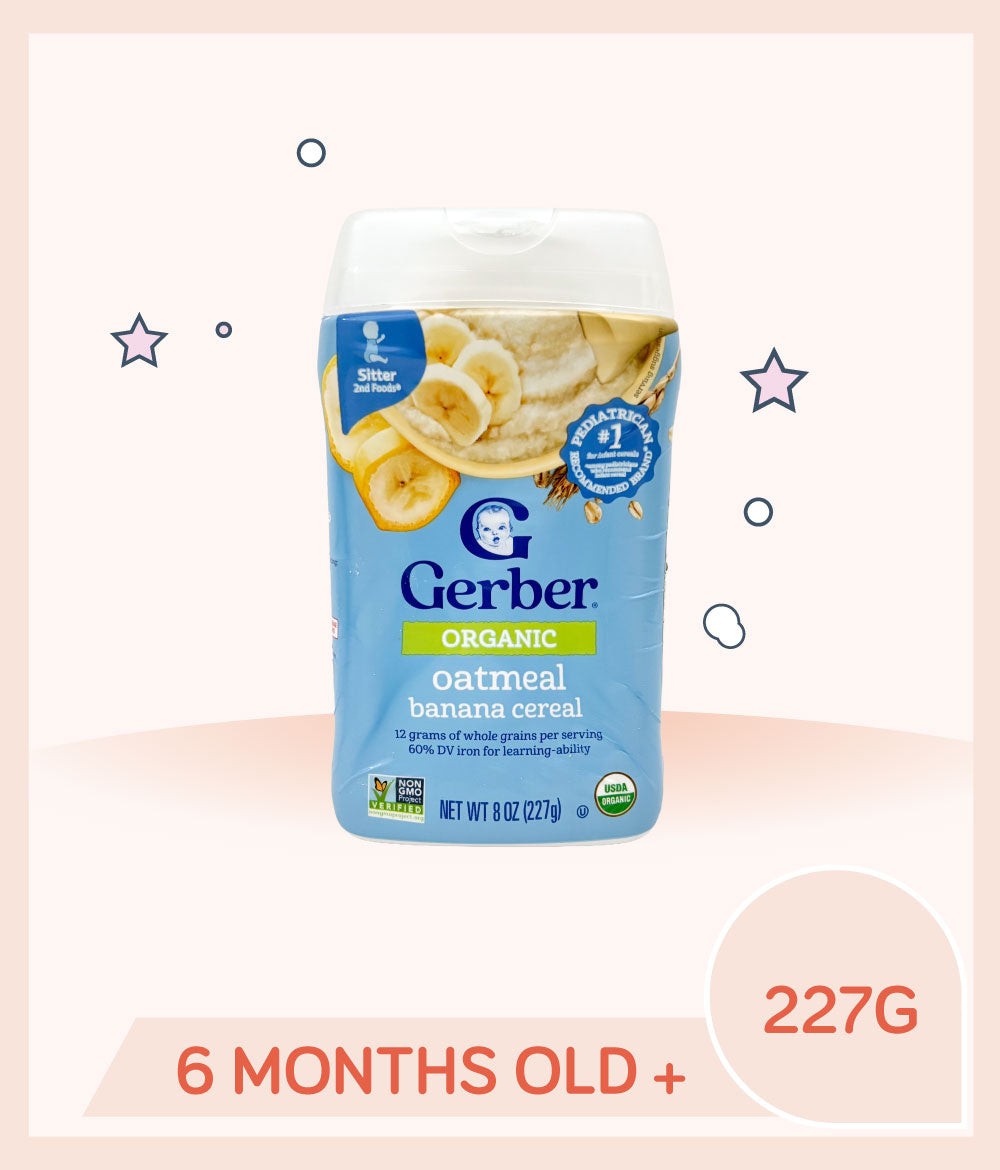

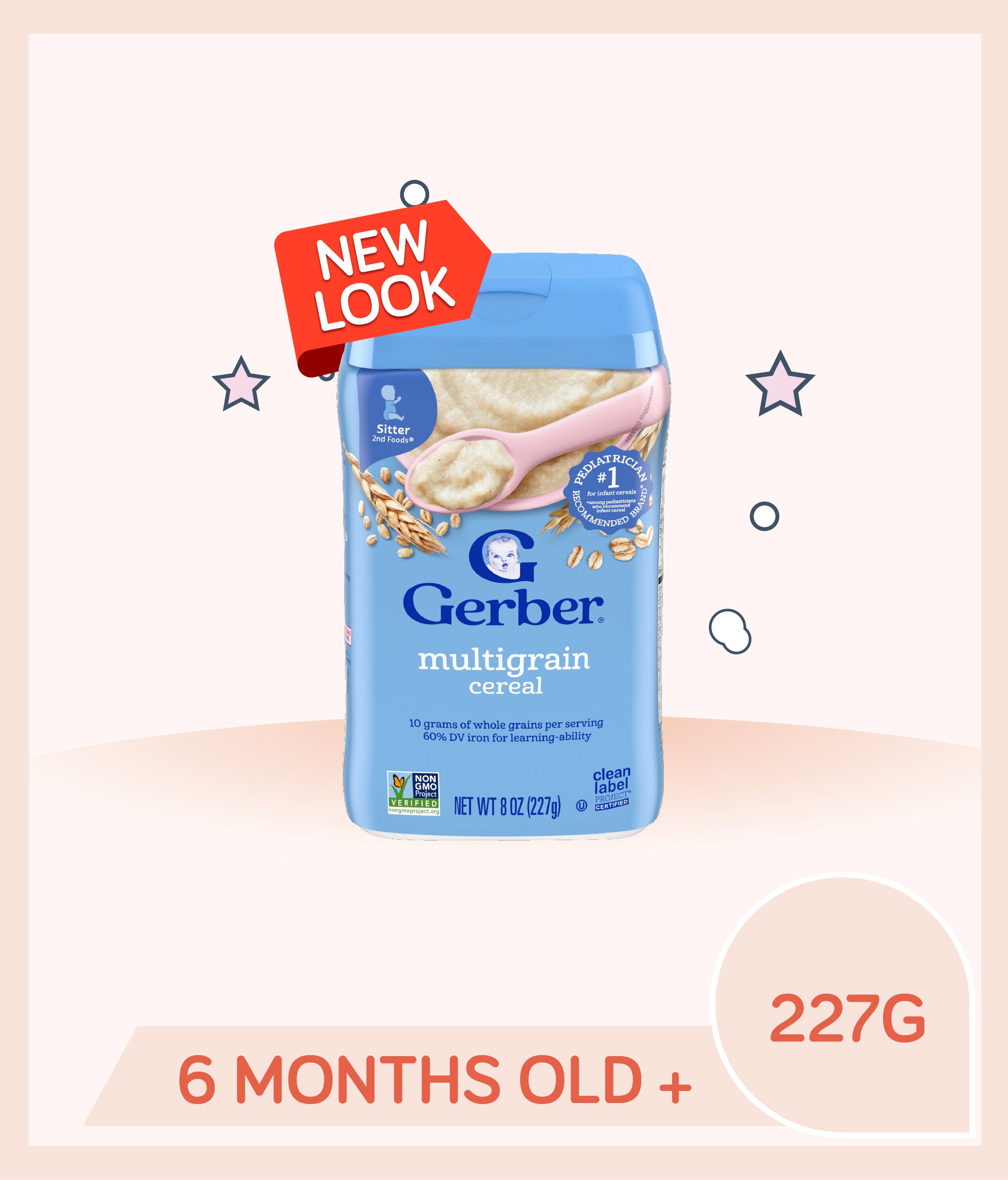
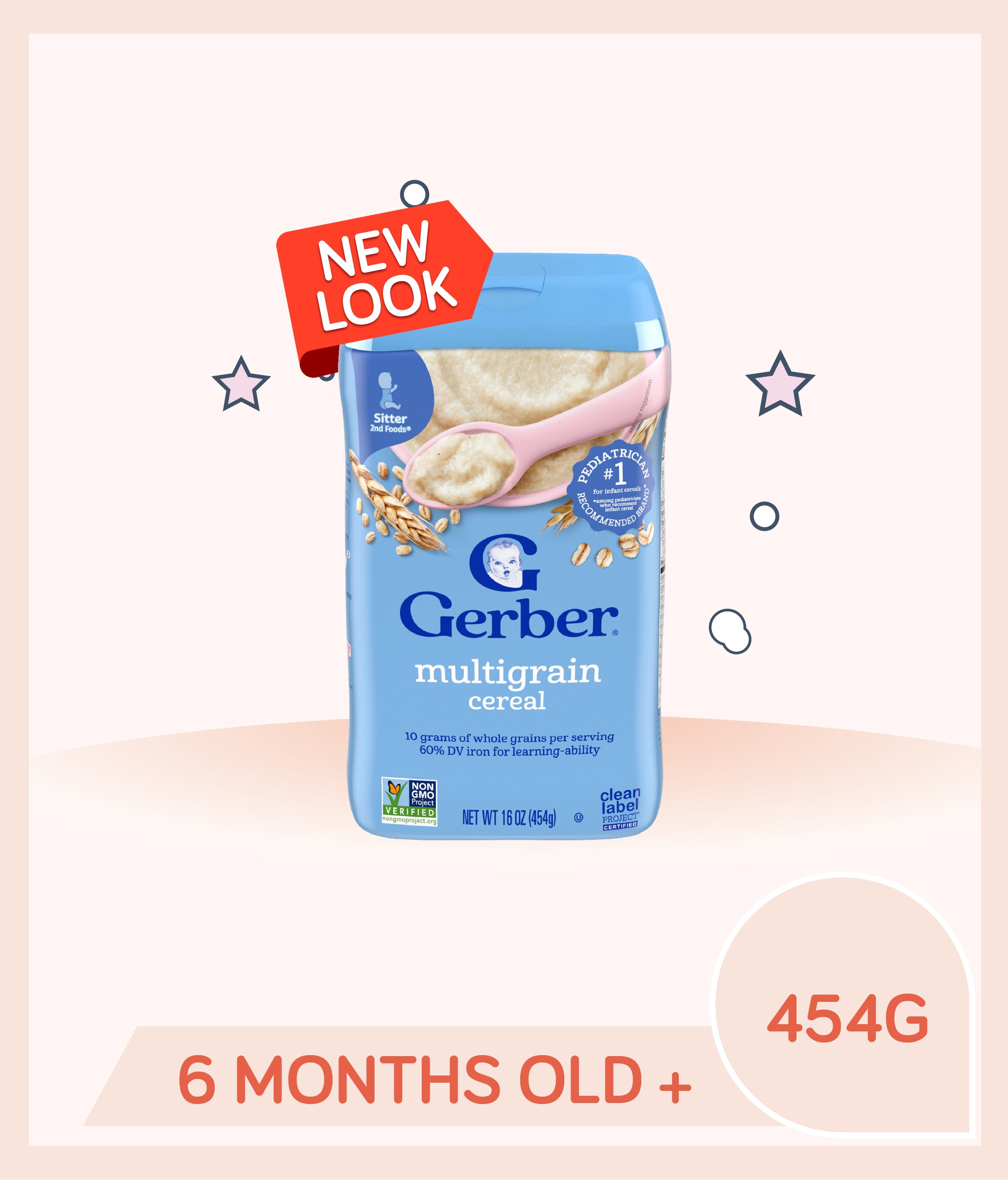
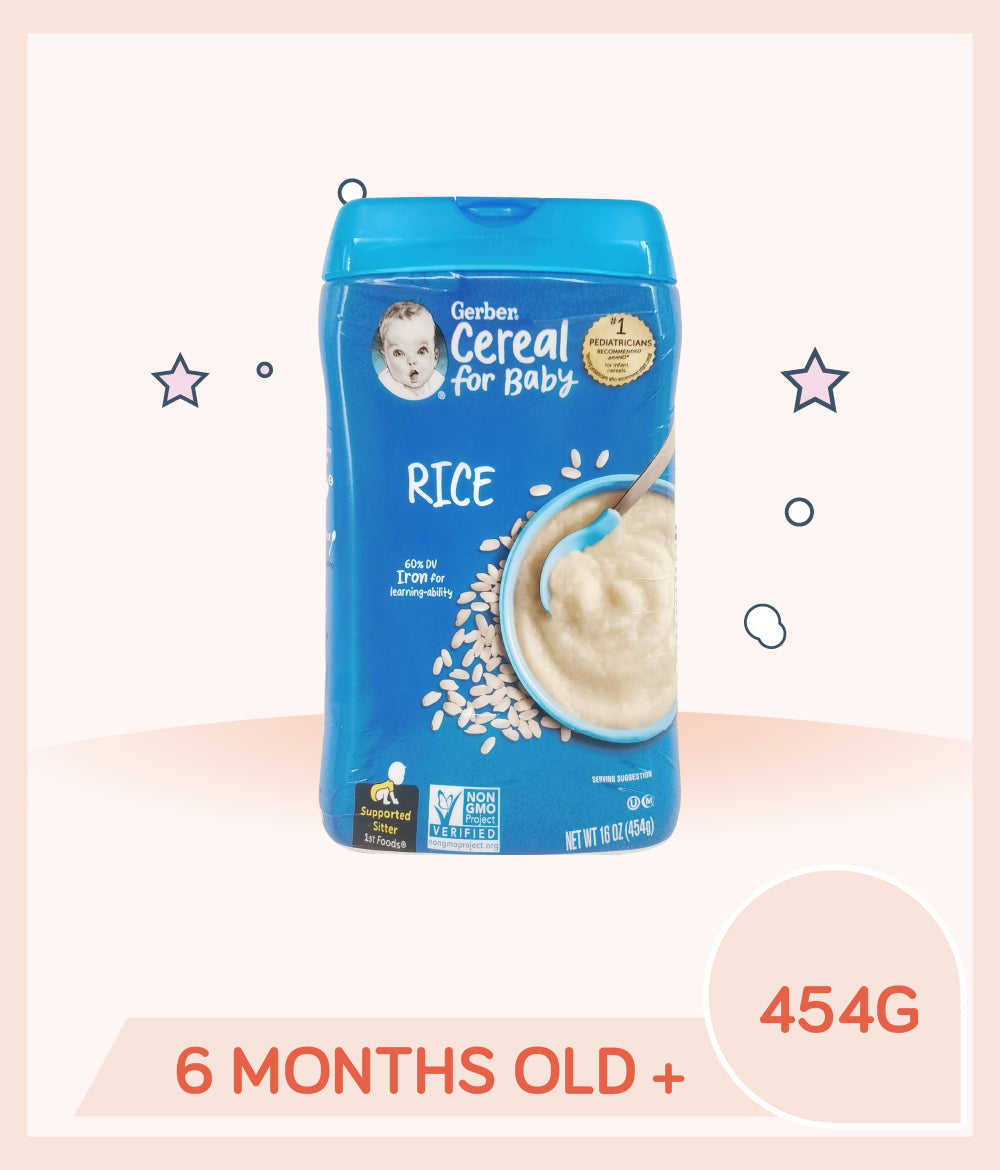
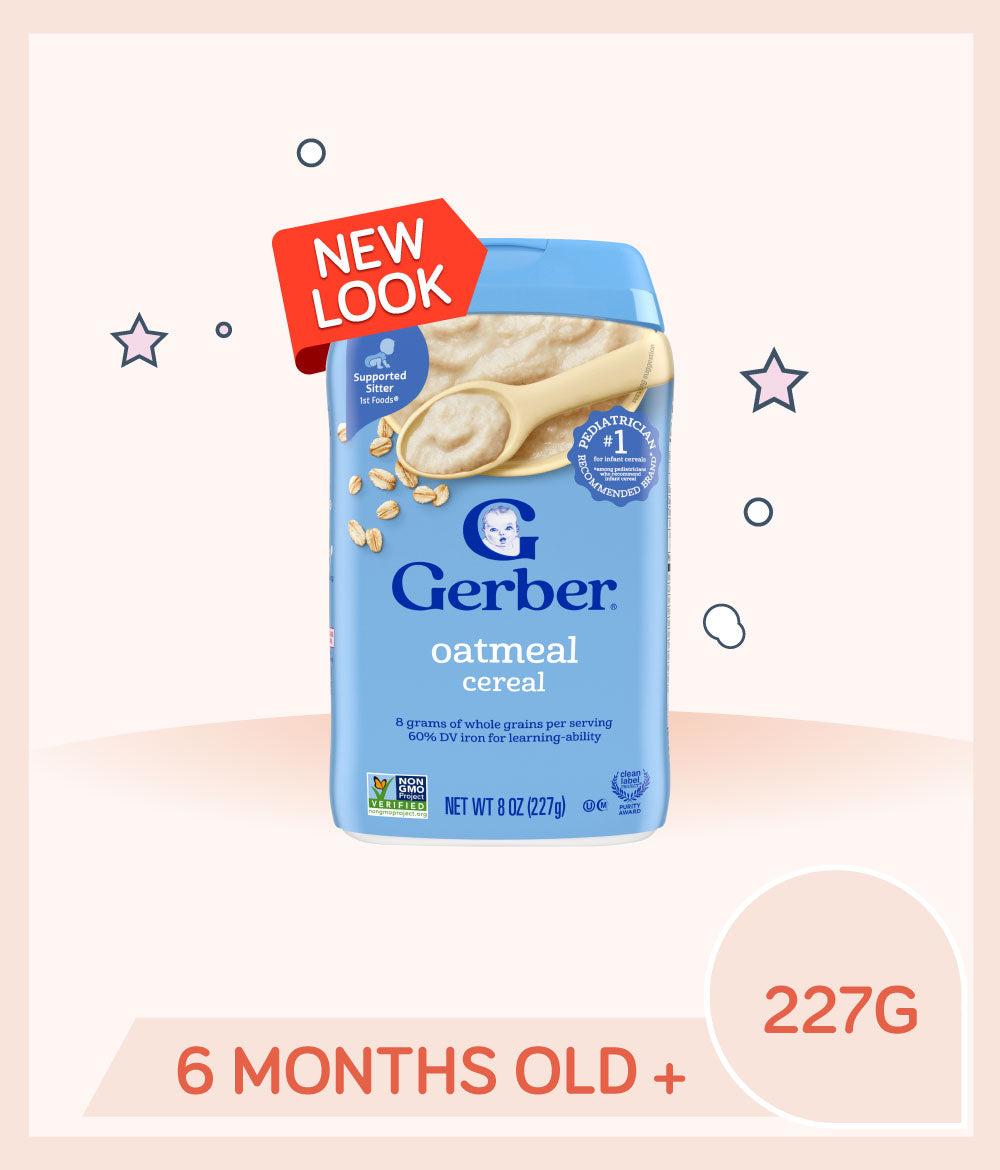
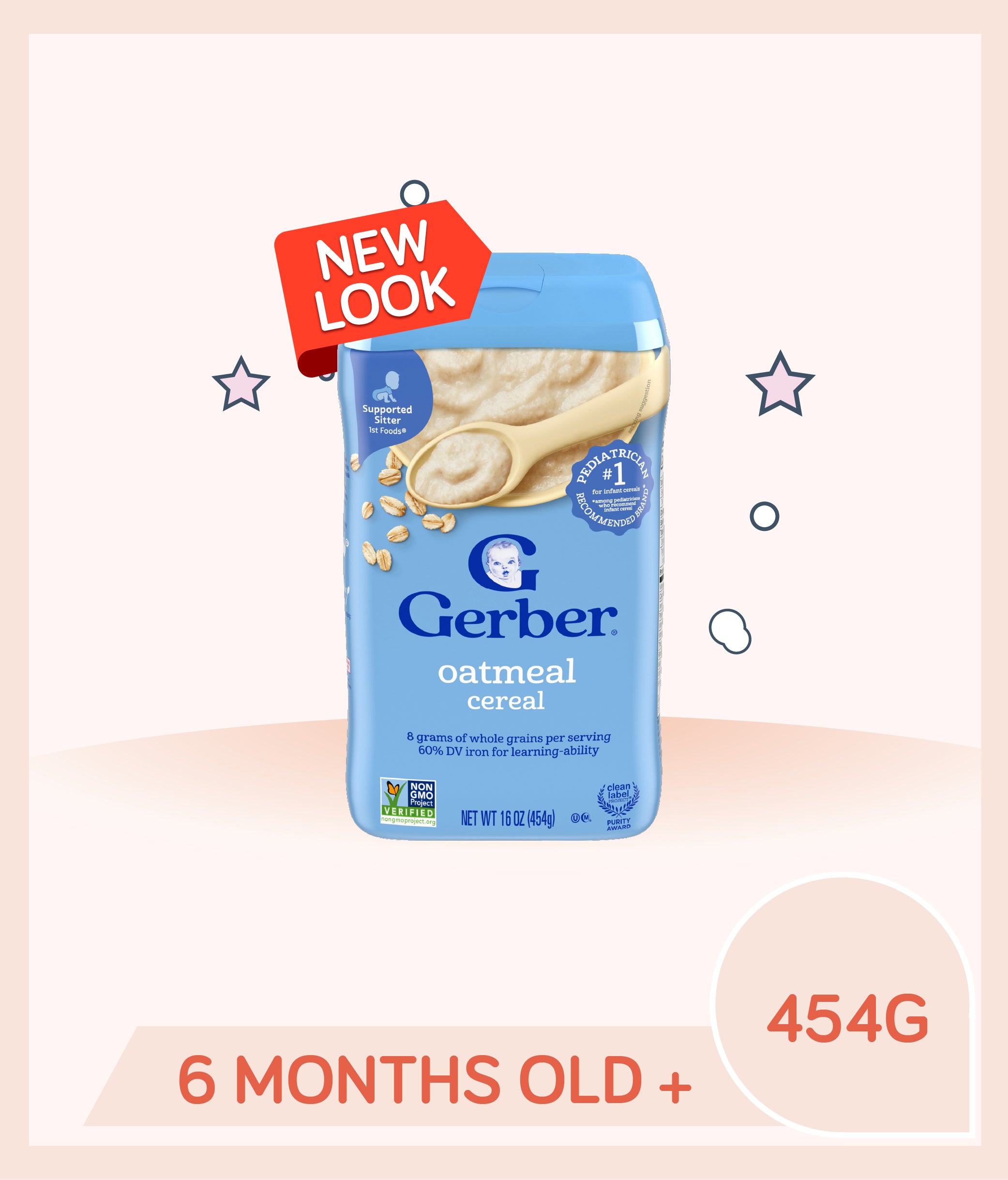





Leave a Reply